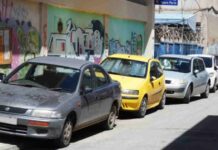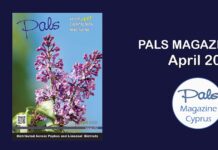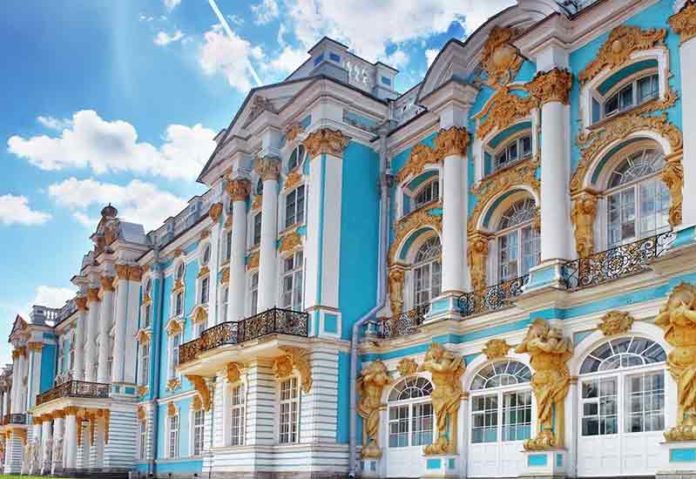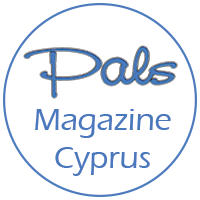The Russian authorities do not make it easy to visit their country. Obtaining a visa is time consuming and expensive, but despite that I can strongly recommend a trip to St Petersburg with direct flights from Larnaca.
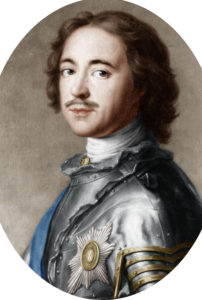
St Petersburg is a beautiful city, designed from the start to be the Capital city of Russia and Peter the Great’s famous “Window to the West”. Peter was determined to gain access to the Baltic Sea and fought the Swedish Empire for 21 years [1700-1721] to gain his foothold. But he did not wait for the end of the war to start his new city. Peter started building the city and declared it to be Russia’s capital city (a position it held until 1918) when the land still belonged to Sweden.
Peter chose a most unsuitable site for his new city. It happened to be the first place he reached on the coast. It was an unhealthy marsh and the land frequently flooded. Such a detail was unlikely to deter the ruthless and single-minded Peter. Thousands of peasants died from disease, starvation or drowning, creating foundations for the grand buildings Peter demanded.
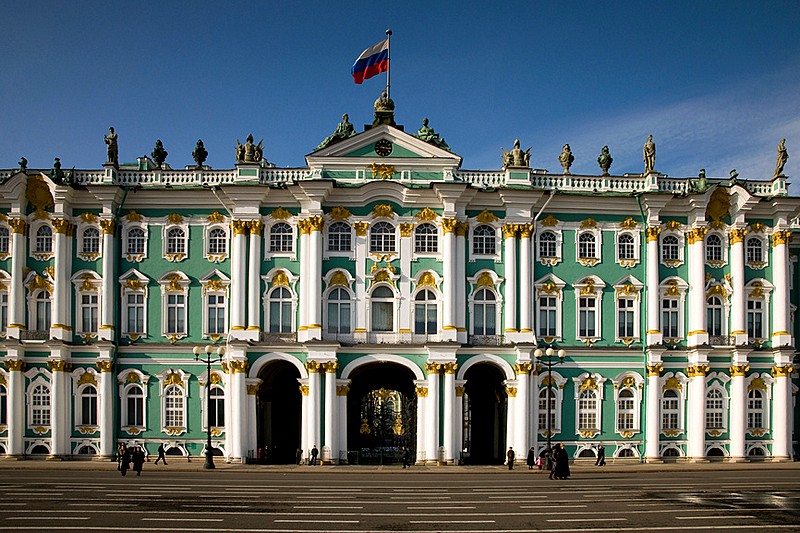
The result was a planned city with wide straight streets, palaces and gardens. First to be built was the formidable Peter & Paul fortress, designed to protect the city from Swedish attack. It later became a notorious prison for political prisoners. Today it is crowded with tourists. In its Cathedral lie the tombs of all the Tsars since Peter.
Later Tsars continued to extend the city. Empresses Elizabeth [1741-62] and Catherine II [1763-1796] were particularly lavish in their spending. It was during their reigns that the famous Winter Palace was built. Lavishly decorated with the finest materials, it is now the home of the Hermitage, one of the greatest Art Galleries in the world. It contains 3 Million items. Catherine in a particular was always on the lookout for art treasures and was willing to pay large sums for famous paintings or objects. As the collection is housed, not in a purpose built museum, but a fabulous palace with much of the original furniture still in place, one gets a good feel for how the Tsars used to live.
Not content with the Winter Palace, Catherine also had a beautiful Summer Palace built in a village outside St Petersburg. This came complete with informal gardens, lakes and fountains. The Tsars lived lives of unimaginable luxury, surrounded by thousands of servants. The Summer Palace, with its golden spires and blue and white facade, reminded us of a Disneyworld castle, an impression reinforced by the thousands of tourists queueing for up to 3 hours to take a look around.
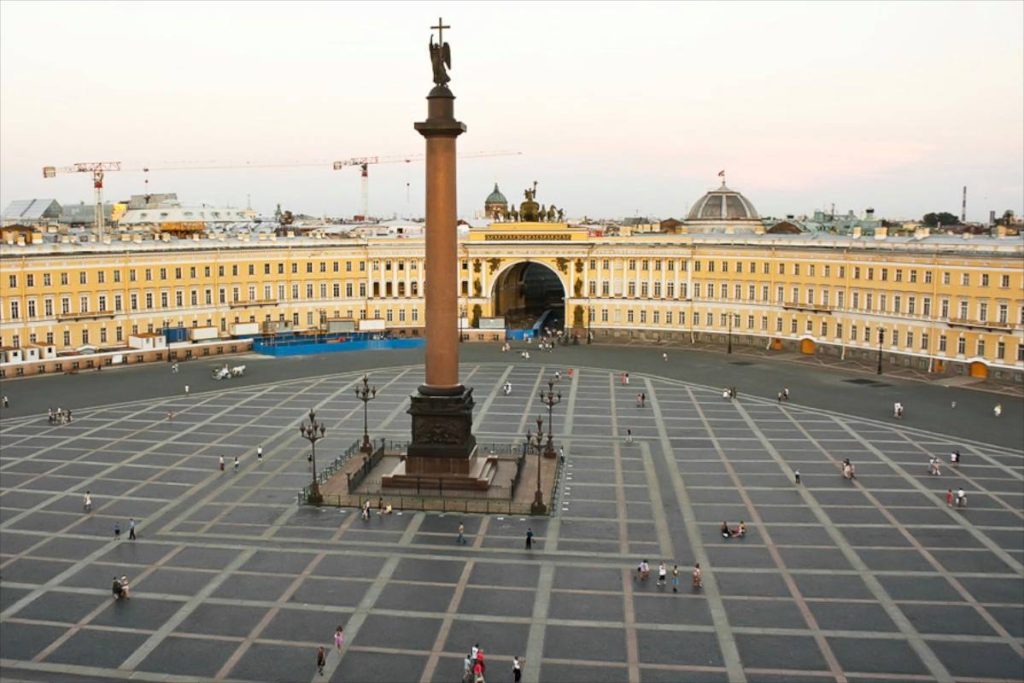
St Petersburg played a key part in the Russian Revolution. Palace Square- the huge impressive open square in front of the Winter Palace- had already become notorious as the scene of “Bloody Sunday” in 1905 when the Tsar’s soldiers massacred a peaceful unarmed demonstration. In February 1917 the people came out onto the streets again. This time the Tsar’s troops switched sides and joined them- and the Monarchy was overthrown. In October 1917 Lenin, the leader of the Communists, made the Smolny Institute- started by Catherine II as Russia’s first Girls School- his Headquarters and it was from here that his deputy, Trotsky (who had himself once been a prisoner in the Peter & Paul Fortress) organised the Communist seizure of power. It was also at Smolny in 1934 that the local party leader, Sergei Kirov, was assassinated, giving Stalin the excuse he needed to launch a massive persecution of his own Communist Party. During World War 2, the city (then called Leningrad) suffered an appalling siege by the Nazis in which as many as 1,500,000 died, mainly from starvation. There are some impressive if gloomy memorials and mass graves to remember that terrible time.




